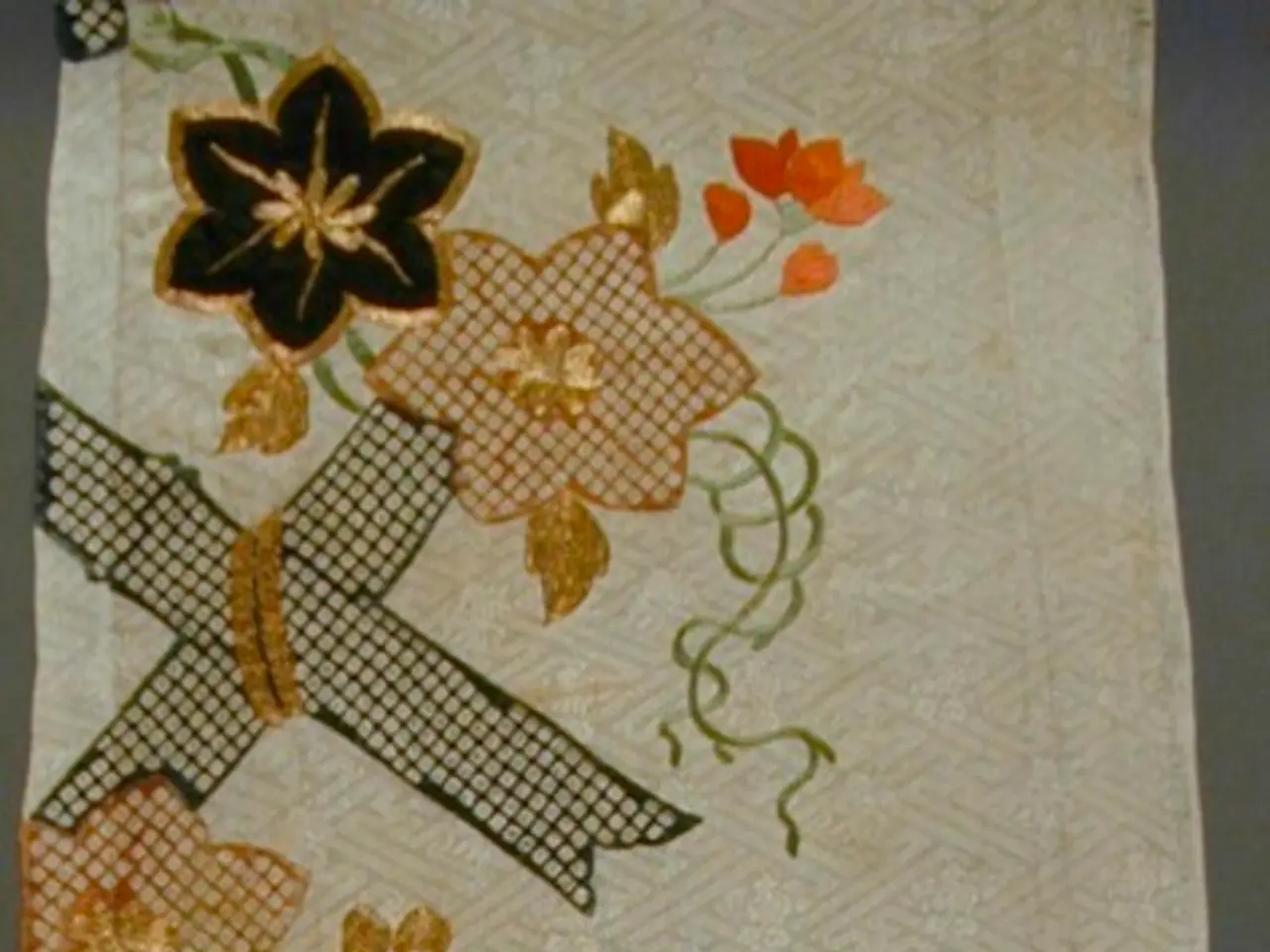Eco-Friendly Clothing Methods and Procedures
Sustainable Fashion: Empowering Consumers to Make a Difference
The fashion industry is facing increasing scrutiny over its environmental impact and labour practices. However, consumers have the power to advocate for change by making informed decisions about the brands they support and the clothes they buy.
One way consumers can contribute to a more sustainable wardrobe is by choosing versatile garments that can be worn for multiple occasions. Investing in timeless pieces made from high-quality materials that are designed to last is another sustainable fashion practice.
Supporting ethical and eco-friendly fashion brands that align with one's values and prioritise sustainability in their practices is crucial. These brands minimise environmental impact and promote fair labour practices through several key strategies.
Firstly, they extend garment lifecycles to lower demand for new production and thus reduce carbon emissions, water usage, and waste generation. This is a countermeasure to the resource-heavy fast fashion model responsible for about 10% of global emissions and excessive textile waste.
Secondly, brands adopt eco-friendly fibers like organic cotton or recycled polyester, implement water-saving dyeing techniques (e.g., dry dyeing, closed-loop systems), and utilise renewable energy in manufacturing facilities to decrease water and energy consumption.
Thirdly, ethical fashion prioritises high-quality craftsmanship to create longer-lasting garments that reduce disposal rates and overconsumption, contrasting fast fashion’s disposable trends.
Fourthly, they guarantee safe working conditions, fair and living wages, reasonable hours, and workers’ rights, including the right to organise. This often involves regular supplier audits, long-term transparent partnerships, worker empowerment via unions or committees, and proactive elimination of forced labour or child labour.
Fifthly, eco-friendly brands support textile recycling initiatives and eco-design principles, aiming to reduce landfill waste and foster closed-loop production, exemplified by large-scale recycling plants processing mixed textiles.
Sixthly, participation in coalitions like France’s "Fashion Pact" fosters industry-wide commitments to climate goals, biodiversity, and ocean protection by promoting sustainable sourcing and reducing microplastic pollution.
Consumers can also extend the lifespan of their clothing through repairing, upcycling, or donating garments. Learning basic sewing skills or seeking out local tailors for alterations can help maintain and refresh a wardrobe without constantly buying new clothes. Another tip is to explore second-hand or vintage clothing options to reduce the demand for new production.
While incorporating sustainable fashion into a wardrobe can be challenging due to the high cost of eco-friendly materials and ethical production, as well as the need for widespread industry and consumer behaviour change, the benefits are undeniable. Sustainable fashion is important because it can reduce the fashion industry's carbon footprint, conserve natural resources, and improve workers' livelihoods. By making conscious choices, consumers can play a vital role in promoting a more sustainable and ethical fashion industry.
[1] McDonough, W. (2013). Cradle to Cradle: Remaking the Way We Make Things. North Point Press.
[2] McDonough, W., & Braungart, M. (2002). The Upcycle: Beyond Sustainability—Designing for Abundance. North Point Press.
[3] Ellis, J. (2016). The New Textile Economy: Redesigning Fashion's Future. Ellen MacArthur Foundation.
[4] Global Fashion Agenda. (2018). Pulse of the Fashion Industry. Global Fashion Agenda.
[5] Kemper, M. (2019). The Circular Fashion System Commitment. Ellen MacArthur Foundation.
Adopting a sustainable fashion lifestyle means choosing brands that prioritize ethical and eco-friendly practices, such as those that promote prolonging garment lifecycles, use eco-friendly fibers, and leverage renewable energy in manufacturing. Alongside this, consumers can contribute to sustainable living by making thoughtful fashion choices, like opting for versatile garments and timeless pieces made from high-quality materials, and by extending the life of their existing clothes through repair, upcycling, or donation.




